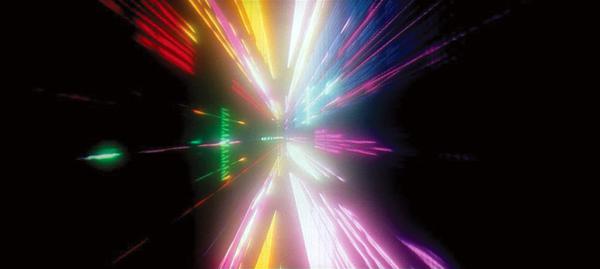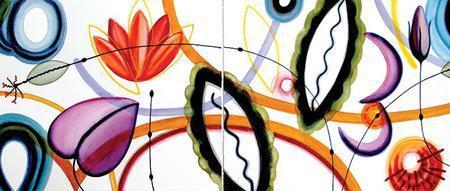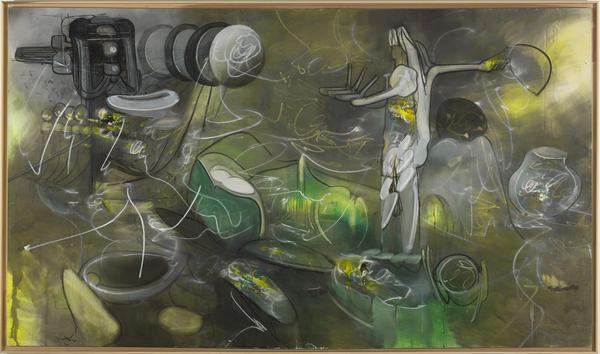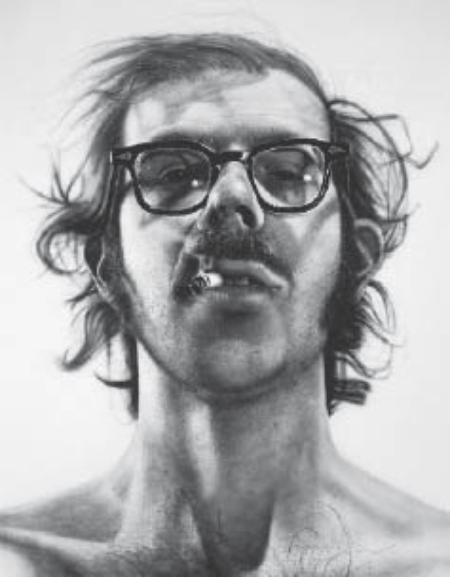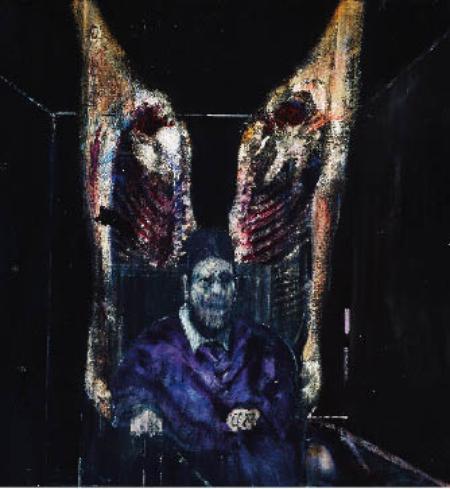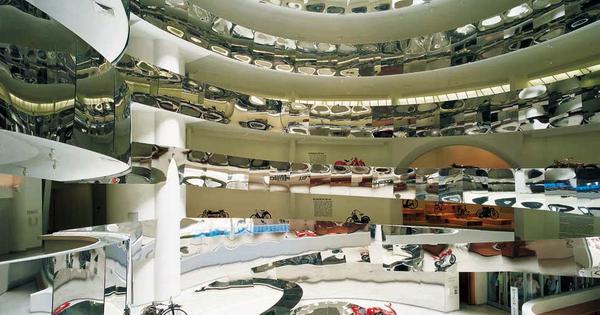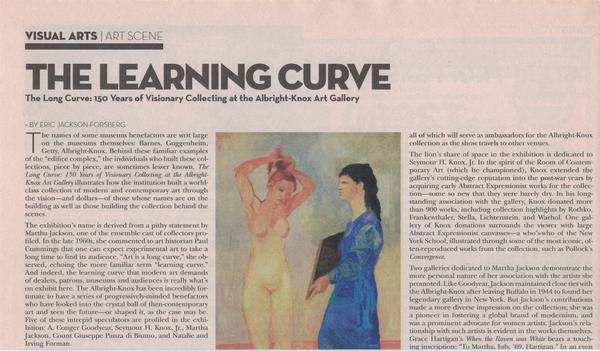2001: A Space Odyssey & the Evolution of Language
Stanley Kubrick’s 2001: A Space Odyssey is, in some sense, a silent film. That is to say that the film’s silences, its dearth of conversation, and the aural void of deep space are as significant to its impact as the presence of sound. Kubrick’s depiction of the utter silence of the void of space is unsettling, although, of course, entirely accurate. In virtually every other film that depicts some aspect of space travel, exterior shots of spacecraft are accompanied by white noise on the soundtrack meant to represent the ultrasonic roar of light-speed engines. This artificial addition of sound to the vacuum is worth noting in that it seems to be included as a measure of comfort—a comfort conspicuously absent in 2001.
